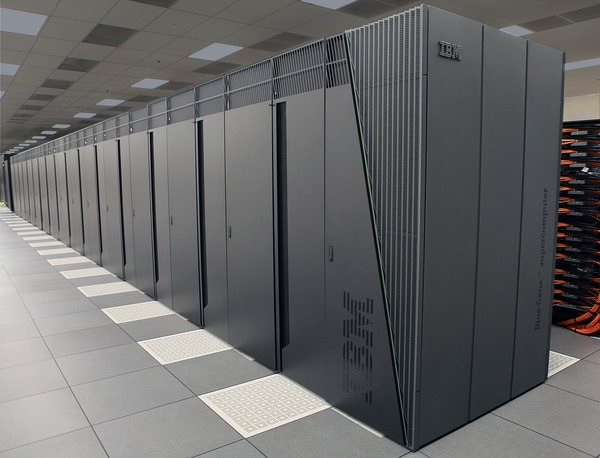Mainframe Performance Management: a CIO’s – and CFO’s- dream
Recently, our mainframe clients have enjoyed great success reducing the demand upon and improving the performance of their mainframe. Here’s the net of it.
The mainframe skills shortage leaves shops struggling with the loss of once-common performance and workload management practices.
Nothing new here. An analyst told us a couple of years ago, “We’ve been saying that the sky is falling for 15 years. Well, now it really is falling!”
With skills and experience in short supply, “run/operate” behavior triumphs over “manage/improve.” With only so many hours in a day, the execution of mission-critical workloads takes precedence over improvement projects, even the formerly basic disciplines of performance, workload, and capacity management.
In many outsourcing arrangements, the incentives to improve consumption range between “zero” and “negative.” Whether outsourced or not, the impact is significant on capacity sizing, MLC-type software pricing, the four-hour rolling average (4HRA), and, therefore, mainframe TCO as a whole. This impact thereby perpetuates the practice of projecting future capacity needs upon a flawed consumption model.
Clients call us for the expertise they no longer have on staff.
For 33 years, GTSG has valued the skilled systems programmer; we have dozens of them here. So, while our approach is consultative and structured, it is inseparable from our experience.
Our experts collect all manner of data and immediately look for the largest consumers of capacity: HSM, DB2, CICS, and other high-volume services. It’s an ad hoc team (in the best sense- “as needed”) with literally hundreds of years of experience across hundreds of shops, asking, “What seems off?” The teams find dozens of potential recommendations, rank these recommendations on the “2×2” of pain vs. gain … and they’re off to the races. We have the added ability as “outsiders” to challenge everything – rather than accepting the “it’s always been that way” explanation.
What we find is substantial – well beyond what a run/operate team ”might” find and correct.
At a global manufacturer, looking for what “fails the sanity check,” our team produced 50 recommendations in the first eight weeks. A single improvement can be highly leveraged, impacting not only the single job but 50 of them because they’ve been modeled that way.
In another of our favorite engagements, a financial services client used GTSG findings to direct changes which avoided an expensive engine upgrade. The upgrade had been pressed on them by their outsourcer. Even though the outsourced environment was reasonably well run, our work effort was far less expensive than one might think.
The ROI is a CIO’s – and CFO’s – dream.
The postscript on the financial services engagement is that the client has successfully avoided adding capacity for four years. More recently, a global manufacturer reduced processing requirements by half on a large job (a job which runs 14 times daily) – in the first month of the engagement.
In both engagements, initial fees were in five figures- although the manufacturer has asked us to continue into 2022 and work on other global environments.
If you’d like to discuss your performance, workload, or capacity management program, please write us at Mainframe@GTSG.com

